
Rent Surge Generators
Related:

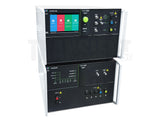
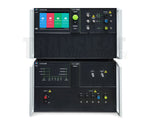
EM Test NX7 & 3-Phase CDN - 7kV Transient System
- 7 kV Surge, 5.5 kV EFT, & 7 kV 100 kHz Ringwave
- Includes Coupling NX7 3-Phase CDN
- Laptop with iec.control software included
In Stock
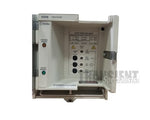
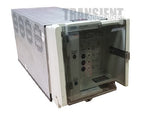
Thermo Keytek ECAT E502B - 10 x 700 µs Telecom Surge Module
- 10x700µs and 9x720µs Waveforms
- Built-in Pulse Monitor
- Must be used with E103 Control Unit
In Stock
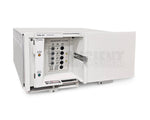
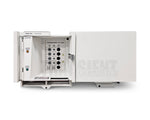
Thermo Keytek ECAT E506-4W - Rent Bellcore 2x10 µs Surge Module
- 2 x 10 µs Waveform Generator
- Provides up to 5kV 500 Amps
- Must be used with E103 Control Unit
Buy Used-
$4,000
In Stock
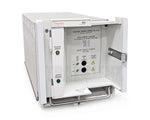
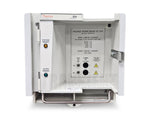
Thermo Keytek ECAT E513 - Rent Voltage Ramp Generator UL864 & UL294
- Linear Voltage Ramp Generator to 3 kV
- Compliant to UL 864 & UL 294
- Must be Used with ECAT E103 Controller
In Stock

